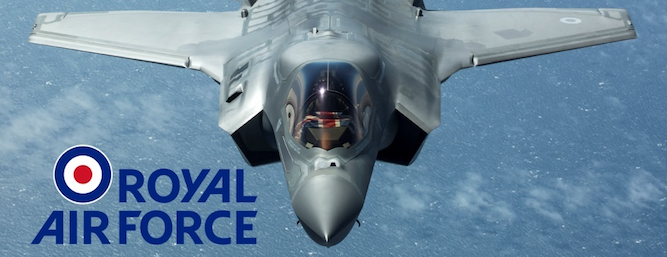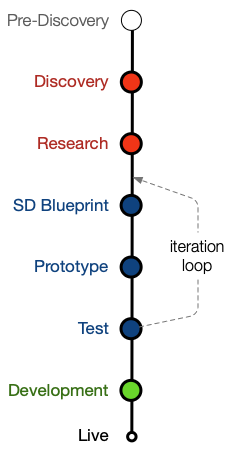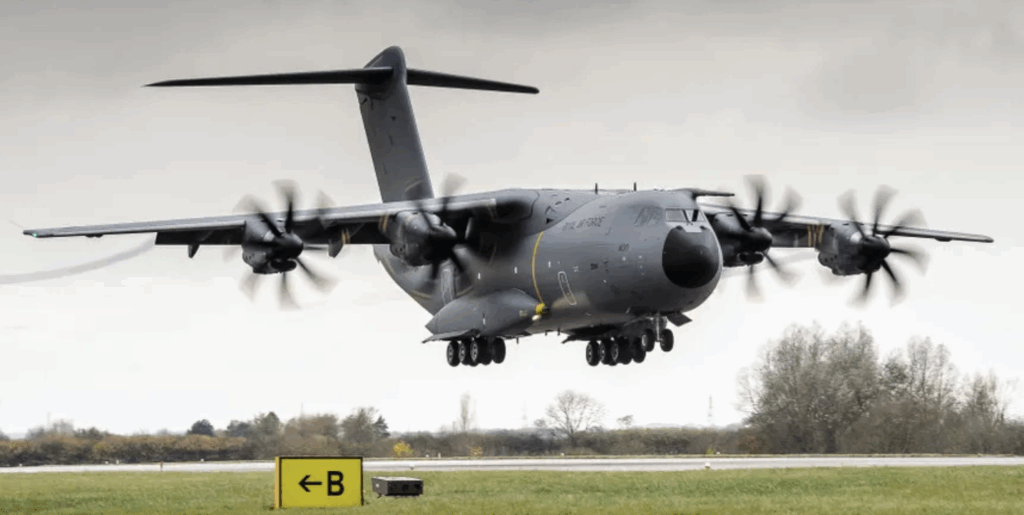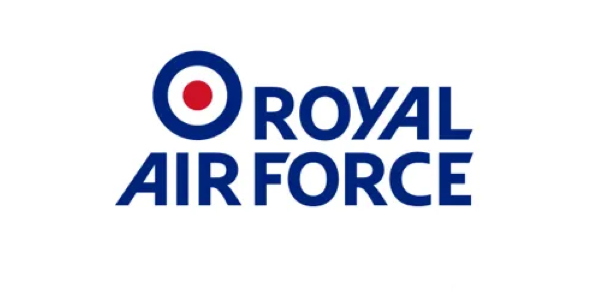Performance and Risk Management Service & Tool
The Royal Air Force (RAF) is the aerial warfare service branch of the UK Armed Forces, responsible for protecting the nation’s airspace, projecting air power globally, and supporting joint operations across Defence. Its remit spans homeland defence, intelligence, surveillance and reconnaissance, transport and logistics, humanitarian relief, and front-line combat operations — all delivered through a “Whole Force” of regulars, reservists, civil servants, and contractors working together.
Operating across a vast estate of permanent bases and temporary deployments, and in coordination with Whitehall, the wider Ministry of Defence, and international partners, the RAF manages complex interdependencies between people, technology, infrastructure, and strategy. This demands constant vigilance, precise tasking, and effective risk management to ensure aircraft readiness, operational resilience, and the success of missions at every level.

Challenge:
The RAF (HQ Air Command) faced a critical need to replace its legacy Performance & Risk Management tool, which was siloed, manual, and soon to be unsupported. The system had to evolve into a secure, scalable service capable of ingesting near-real-time data from disparate Defence sources, evaluating risks proactively, delivering performance requirements, and reporting actionable insight to the right people – from station level to the RAF Board and Whitehall – at the optimum cadence. Without this, visibility gaps and poor communications threatened operational performance, decision-making, and organisational reputation.
The project’s scope extended beyond the entire RAF estate itself to include third-party suppliers, Whitehall, and wider MoD departments such as CASP. This introduced complexity in governance, policy, and integration across multiple stakeholders. Delivery also had to respect tight constraints: an initial 1,500 Whole Force users, deployment across multiple RAF sites, operation across different security levels requiring SC clearance, and critically, the need for secure access from all bases – including temporary front-line locations – by all staff affected by risks.
The challenge was to design a single, user-friendly interface that unified fragmented systems and solved technology challenges, into an integrated secure capability – one that could assign tasks reliably, exploit data efficiently, and give the RAF Board a clear, evidence-based view of performance and risk.

Approach:
I began with a thorough exploration of the RAF service ecosystem, mapping the connections between political, strategic, financial, tactical, governance, technology and security layers. My aim was to uncover how performance and risk data was defined and flowed – or failed to flow – across this complex landscape.
Research was carried out across the RAF estate and beyond. Because all personnel, from government to ground staff, have performance and risk responsibilities, I engaged with the full range of user types. I travelled to multiple RAF bases, Whitehall, and attended reporting meetings at every level to observe how information was exchanged and where gaps occurred. I conducted interviews with airmen/women on the ground, unit leaders, departments, and senior leaders – up to three-star generals and the Secretary of State for Defence – to understand their needs and how best to optimise their time, duties and decision-making when considering risk and performance.
I dissected existing processes in detail, measuring current time, cost, and efficiency, and identifying pain points and failure modes. This was extended to cover the full defence cycle from planning through delivery, ensuring the solution would support communication, dissemination, task assignment, performance measurement, and risk reporting at every level. A key focus was not only recording and aggregating data, but enabling the system to predict failure points before they occurred to avoid disruption.
Collaboration was central: we worked hand-in-hand with MoD stakeholders, RAF teams, and third-party suppliers across the estate to validate requirements and align expectations. We synthesised findings into clear requirements, scope, and improvement opportunities, before rapidly prototyping a solution. These prototypes were tested iteratively with users and stakeholders for efficacy, usability, and approval by the stakeholder – ensuring the eventual service design was grounded in operational reality and usability, while capable of scaling securely across the entire RAF estate.

Outcomes and Value:
I produced a clear roadmap for task assignment and communication, starting with the defence plan and ending with individual task assignment, establishing common terminology and processes for defining, delegating, and reporting tasks across the RAF estate. Working in collaboration with stakeholders, I expanded the project scope to ensure the solution covered all aspects of performance and risk management that impact the organisation financially, strategically, tactically, and politically – ensuring fitness for purpose at every level.
The solution I researched, architected and tested delivered:
- Real-time performance recording – both manual and automatic – coupled with a dependency impact model that could predict chain reactions and mitigate risks well in advance of an incident.
- A performance and risk logging interface that allowed all RAF personnel, from bases to temporary front-line deployments, to record activities and observations in near real time, using meaningful, consistent metrics instead of purely subjective AMJs (Applied Military Judgements).
- A reporting system that provided accurate, mineable data to commanders and leaders at every level, enabling faster, more confident decisions and reducing decision latency from months and weeks to days or hours. This also ensured central government planning could be based on reliable, up-to-date insights.
- Designed Integrated, cross-estate data connecting tactical, technical, and financial information in a secure, SC-cleared environment, capable of operating across multiple security classifications.
Key outcomes included:
- Reduction in wasted time previously spent creating low-value reports, containing many assuptions and attending ineffective meetings.
- Earlier, sharper insights into the financial and operational impacts of risks on performance targets.
- Standardisation of task translation: central government objectives could be broken down into measurable, actionable subtasks at every level of the chain of command.
- Consistent, actionable scoring and aggregation, enabling risks and performance to be tracked transparently from a missing bolt at unit level to Whitehall reporting and decisions.
- Cultural transformation in reporting, shifting from subjective to evidence-based performance data, improving accountability across the Whole Force.
- Improved accessibility, allowing staff at any base, including temporary or front-line locations, to contribute securely and reliably – building confidence that their contributions would be heard and acted upon.
- Future-proofing, with an extensible design that can adapt to new Defence requirements, technologies, and policies as they emerge.
Together, these outcomes provided the RAF with a modernised, integrated, and user-friendly capability – one that not only streamlined reporting but actively enhanced decision-making, risk mitigation, and strategic alignment across the RAF, MoD, and wider Defence ecosystem.

Testimonial
Get a haircut.
3* Air Marshal DCOM CAP
– Mike Wigston

